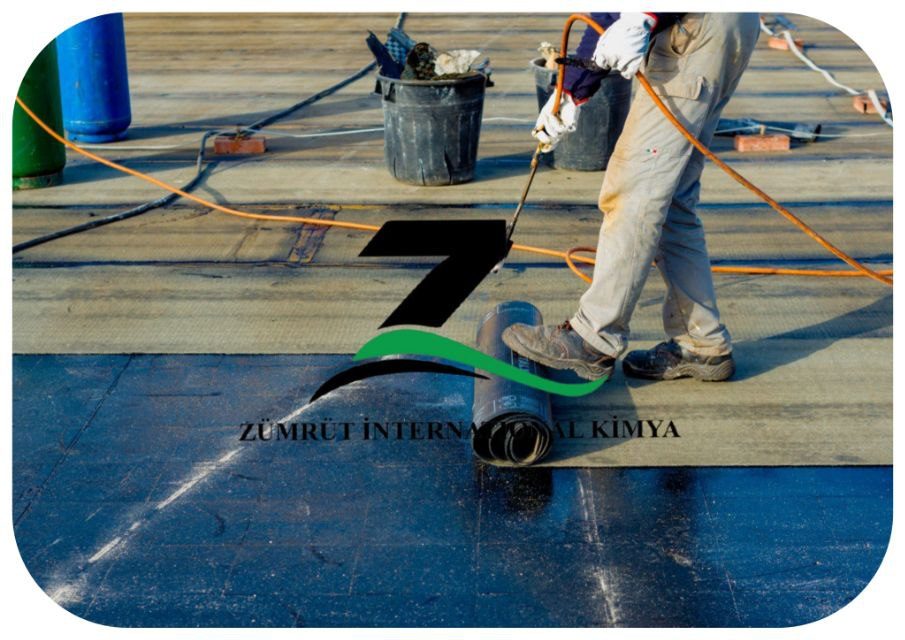
Description
Oxidized bitumen, or blown bitumen, stands at the front line in waterproofing various applications of different industries. Its properties, obtained during a controlled process of oxidation, turn this product into one of the most reliable materials for the protection of structures from water influence. It serves very strongly in buildings, infrastructures, and industrial facilities as a barrier against moisture to assure longevity and durability.
Properties for Waterproofing Applications
Applications in Building Construction
In building construction, oxidized bitumen is one of the major materials used in waterproofing roofs, basements, and foundations. Flat and sloped roofs commonly use oxidized bitumen as one of the important components in waterproofing membranes. These membranes provide a seamless barrier that prevents water from penetrating the structure, even under heavy rainfall or pooling conditions. In basements and foundations, oxidized bitumen acts as a shield against groundwater infiltration, protecting the building from dampness, mold, and structural weakening. The material’s ability to adhere strongly to a variety of surfaces, including concrete, wood, and metal, enhances its versatility and effectiveness in these applications.
Use in Industrial Waterproofing
Besides building and construction, bitumen which is oxidized finds extensive usage in industrial work waterproofing. It is heavily applied in waterproofing storage tanks, pipelines, as well as other industrial machines for protection from corrosion and water. Due to its high resistance against chemicals, it is ideal in areas which are exposed to harsh chemicals, hot temperatures, as well as pressure.
In addition, oxidized bitumen is used to seal water-proof machinery bases, maintaining efficiency of operation by avoiding water leakage that may cause rust and mechanical breakdown. This shielded property increases the reliability and lifespan of industrial equipment, lowering the cost of maintenance and providing smooth and uninterrupted processes.
Role in Waterproofing Membrane Production
One of the most common forms of oxidized bitumen used in waterproofing is as a component in prefabricated membranes. These membranes are manufactured by combining oxidized bitumen with reinforcement materials such as polyester or fiberglass. The result is a flexible-yet-durable product that is easily applied to various surfaces. These membranes are commonly used in mega projects involving dams, tunnels, and bridges, where superior waterproofing performance is required. The addition of oxidized bitumen ensures durability for long periods and resistance to harsh conditions.
Environmental and Sustainability Considerations
While oxidized bitumen has always been considered strong and long-lasting, modern advancements also concern the environmental aspect of the product. Many manufacturers nowadays highlight the production of oxidized bitumen with lower carbon emissions, keeping in mind the goal of global sustainability. Moreover, it is long-lasting and can be recycled, reducing waste and making it a more environmentally friendly option for waterproofing.
Conclusion of Oxidized Bitumen in Waterproofing
From flexible industrial waterproofing to general insulation and other uses, oxidized bitumen has been consistently reliable, durable, and efficient. Resistance to environmental challenges, good adhesion, and long-lasting integrity during its service life make it a very valuable material for construction and industry in general. As technology continues to advance in the performance and environmental friendliness of such products, oxidized bitumen remains a go-to material for protecting structures from water damage, ensuring safety, and enhancing longevity.

